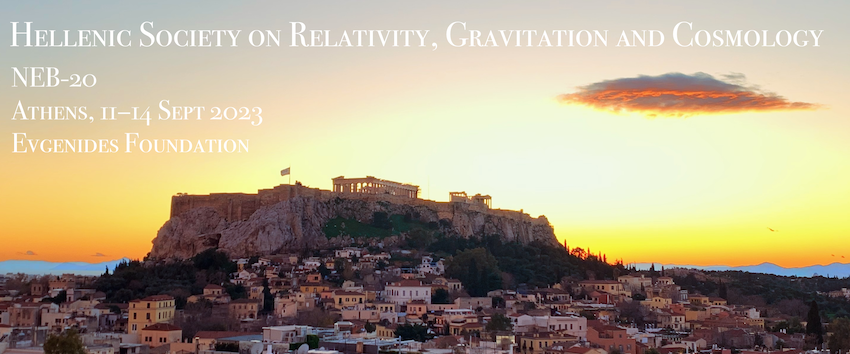Description
We examine the rotational motion of three gravitating neutrinos which are rotating on a circular path. We use Newton’s gravitational Law with gravitational masses and Special Relativity to compute relativistic masses ($\gamma m_o$) and inertial or gravitational mass ($\gamma^3m_o$). By utilizing, as in the Bohr model of the H atom, the de Broglie equation $\gamma m_o{\rm{v}}r=\hbar$, we obtain the formula
$m=3\gamma m_o=3^{13/12}(m_{Pl}m_o^2)^{1/3}$ ; $r=3\hbar/m_nc$
which for $m=939.565\ \rm{MeV/c^2}$ (the neutron mass) gives $m_o=0.0437\ \rm{ eV/c^2} $(the heaviest neutrino mass) and $r=0.63\ \rm{fm}$.
Results will be presented from this Rotating Lepton Model (RLM) for computing the masses of several other hadrons, as well as of the W, Z and Higgs bosons. It is found that relativistic neutrino-neutrino bonds give the Strong Force value, $\hbar c/r^2$, and relativistic neutrino-electron bonds give the same Weak force value, but at higher particle energies.
The same force value is obtained via the Schwarzschild geodesics of General Relativity albeit at much shorter distances, i.e. $r=r_S/2=Gm_{Pl}/c^2\approx 10^{-35}\ \rm{m}$
[1] C.G. Vayenas, S. N.-A. Souentie, Gravity, special relativity and the strong force: A Bohr-Einstein-de Broglie model for the formation of hadrons. (Springer, NY, 2012).
[2] C.G. Vayenas, S. Souentie, A. Fokas, “A Bohr-type model of a composite particle using gravity as the attractive force”, Physica A, 405, 360-379 (2014).
[3] C.G. Vayenas, D. Tsousis and D. Grigoriou, “Computation of the masses, energies and internal pressures of hadrons, mesons and bosons via the Rotating Lepton Model”, Physica A, 545 (2020) 123679.

